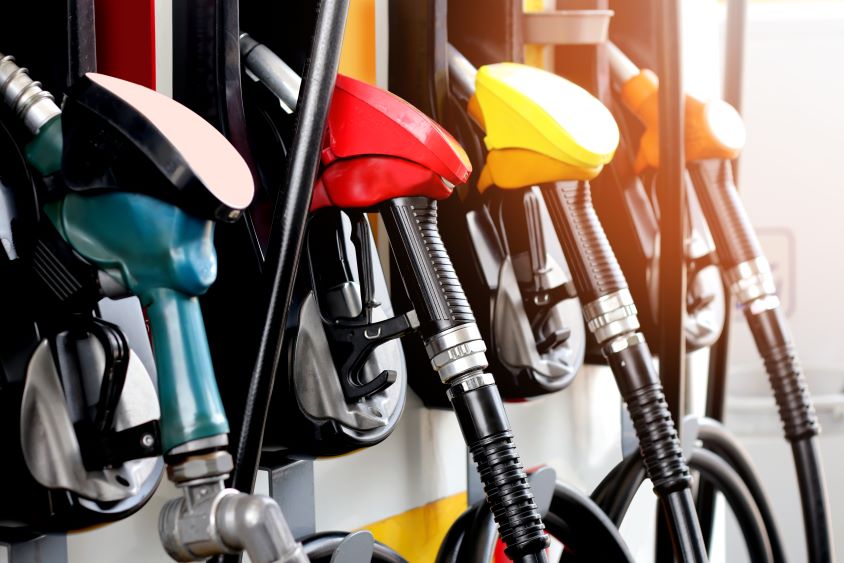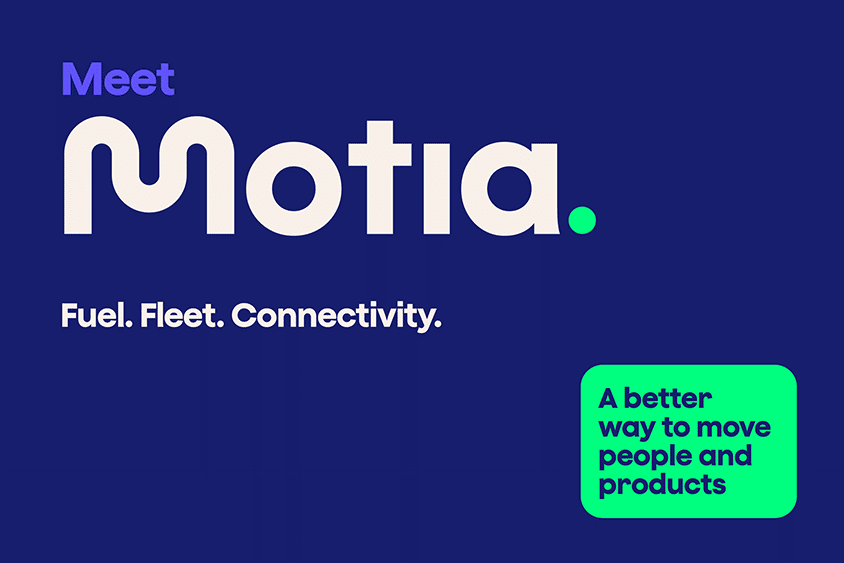How to move drivers away from fully expensed fuel
Written by: Simon Pavey, Last updated:14th February 2022

For every company operating a fleet of vehicles, becoming more efficient with fuel, saving costs, and taking care of drivers is a priority.
Interestingly, having all commercial fuel costs paid by a fleet operator may not always be the best way of achieving these objectives. That’s why in this article we’ll dive into why moving away from fully expensed fuel could be key to making cost savings, both for operators and drivers alike.
Understanding fully expensed fuel
To a driver, the prospect of having all your fuel expenses covered by your employer may seem incredibly attractive. After all, isn’t the fuel essentially free to you?
Well, in a sense it is, however the cost savings that can be made when drivers pay for fuel rather than their employers could make for a more profitable system benefitting both drivers and operators. This is true because tax laws are negated when drivers purchase the fuel. So, if employers compensate drivers heavily, they could make more profit from the compensation than they would otherwise save if their employees were to pay fuel costs.
How, then, does this actually work? Essentially, HM Revenue and Customs impose a tax upon any UK driver claiming free fuel from their employer via company vehicles.
The nature of this tax means that it may be more financially beneficial for operators and drivers if the driver were to pay a part of the fuel cost, and then be proportionally compensated by their employer.
Is private mileage always cost-effective for drivers?
Not necessarily. There’s a tipping point whereby if a driver surpasses a certain mileage per year, they’re actually better off having fuel expensed by their employer. Fleet News estimate this figure to be around 13,746 miles per year for a driver paying 20% income tax annually.
Exactly where that break-even point lies for each driver depends upon a few key factors, including:
- How fuel efficient a driver’s vehicle is
- The CO2 emissions produced by said vehicle
- The price of fuel
So, drivers may do well to check that the arrangement they have with their employers is beneficial. If fleet operators remove the benefit of offering fully expensed fuel, then they may do well to explain their reasoning. If the move is driven by good intentions, employers should acknowledge their responsibility to be transparent with drivers and show how their approach is cost-effective both for the business and its employees.
Let’s take a look at how drivers can make that calculation.
Calculating company car fuel benefit
The total amount of fuel benefit that drivers must be paid can be determined by identifying the Benefit in Kind (BIK) tax applicable to a vehicle, along with a car tax multiplier.
The process involves:
- Calculating BIK tax.
- Multiplying your BIK tax rate with your CO2 emissions level and the value of your car when new.
- Multiplying this final figure with your tax margin (20% or 40%) to identify the total tax payable.
- Identifying, based on total tax, whether car fuel benefit is actually worth it to you.
Ultimately, the total distance you’re covering in your company vehicle determines whether or not having your fuel expensed is worth it. Increasingly, we’re finding that fully expensed fuel models aren’t beneficial for fleet operators, and so encouraging drivers to acknowledge the benefits of them personally purchasing fuel could be key to cost savings for everyone.
Make sure, though, that your drivers are eligible.
Company car tax exemptions
The tax laws we’re describing in this article apply to all UK fleets, and you can read a summary of what qualifies fuel as being exempt from tax on the Government’s website. To summarise:
- Paying for fuel on privately owned cars (owned by either directors or employees) qualifies you for an exemption from the tax.
- Any fuel that employees pay for is exempt from this tax.
If, as an operator, you’ve done the maths and believe that you could be saving money by removing fuel benefit and offering your drivers even better financial incentives, then it could be time for you to start designing your approach to ensure a smooth transition.
Laying out a private mileage reimbursement scheme
Regarding what exactly a new approach could look like, there are a range of ways in which drivers can be compensated for company fuel savings.
One popular option is to offer a monthly fuel allowance to drivers, in which you’re actively providing them with the funds needed to purchase fuel themselves. If you’re providing the cash up front, this could help employees with tight personal finances by sparing them the challenge of saving up a full month’s fuel expenses in advance.
Alternative options include inflating the salary of drivers to match, or rather improve upon, the savings they would make with fully expensed fuel. Or there’s always the option of making a substantial lump-sum payment to drivers that reflects the cost savings obtained by the company through drivers making fuel purchases.
What steps should I consider as a fleet operator?
If you’re fully embracing the move away from fully expensed fuel, you may want to consider the following next steps.
- Do the maths. Understand exactly what savings can be made, so that you can effectively communicate these to your employees.
- Design your communications. Perhaps face-to-face conversations are viable for smaller businesses, but for large fleets you’ll likely need to create webpages and internal documents that clearly explain this transition to your drivers; highlighting its benefits. Employees should feel like they can ask questions, and you should be ready to answer.
- Keep updated on the latest UK tax laws. Look to maintain and refresh your benefits as part of your scheme. Should tax laws change, you may need to update your policies and ensure that drivers continue to be fairly compensated.
What else can I do to make cost-savings for my fleet?
That’s simple, you could start looking at ways to optimise the efficiency of your fleets immediately.
Here are some of our suggestions for how this could be achieved:
- Start paying less for fuel. Look into our range of fuel cards and equip your drivers with a card that they can use at refilling stations throughout the country to start saving money.
- Embrace the cutting-edge technology in market today. Our MileageCount service can record and report on every mile your vehicles travel, removing admin and improving the accuracy of mileage claims.
- Support your fleets with a complete suite of fleet services designed to promote efficiency, reduce costs, and let drivers focus on the driving.
If you’re interested in learning about what we can offer you, contact one of our friendly experts for a tailored quote via our quick enquiry form.
back



